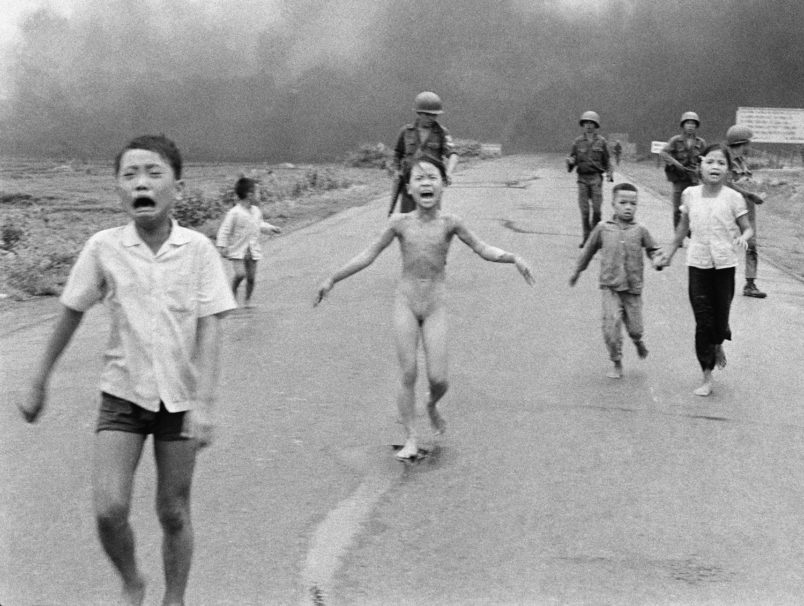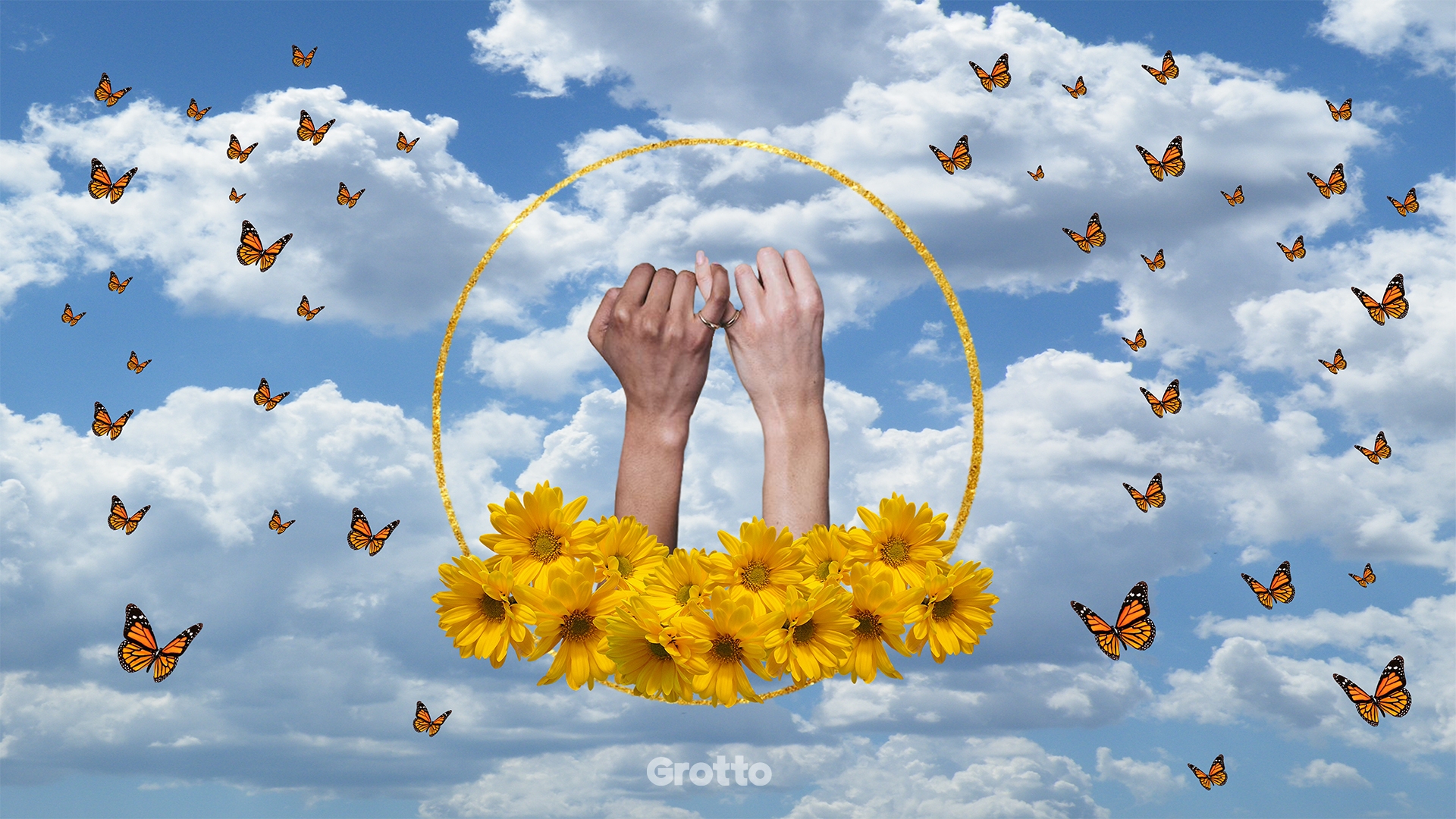
Eric has traveled the world to document humanitarian work. A recent trip to Vietnam prompted a reflection on the cost of war, and the inevitability of violence when we stockpile weapons to promote security. It’s a price that people pay every day on the streets of Baltimore, where he lives.
The photo I captured was a joyful one: a young girl running home from school, smiling. She was almost a blur, with her backpack bouncing behind her. The image conveys the vibrancy of hope, potential, and dreams.

I had no idea that photo had a dark side.
At the time, I was working for Catholic Relief Services, the official international humanitarian response and development agency of the United States Catholic community, and had traveled to Vietnam to photograph and hear stories from families they serve. I had never been to Vietnam before and I wondered how I, as an American, would be viewed. After all, for so many Americans, the word “Vietnam” represents a war more than a country.
I had nothing to worry about. I was met with warm hospitality. There was no mention of past wars, only hoped-for progress in the future — particularly for the communities CRS served. But I couldn’t help wondering: Did my presence — the presence of an American — conjure up dark memories for my hosts and my Vietnamese colleagues?
It wasn’t until I returned home that the jarring juxtaposition came into focus. A colleague — an old war vet-turned-writer — sent me an email. He’d come across my photo. “It’s amazing to see the difference,” he said. “Your photo reminds me of the Napalm Girl — what might have been, at least, if not for the war.”
I wasn’t familiar with the image, so I looked it up. He was right: It did feel like the inverse of my image. A 9-year-old girl, Phan Thi Kim Phuc, is running down a Vietnamese road. Unlike in my photo, though, she’s terrified, screaming, naked — fleeing an accidental explosion and struggling to survive third-degree burns.

There’s a simple way to read these two images: War is horror. There are casualties and mistakes, but now we — the United States and Vietnam, together — are building a brighter future.
This conclusion is made even more simple when the casualties and the mistakes occur so far away, both in time and space. We shrug our shoulders as though it’s unavoidable.
I’m no historian nor military expert. But I do know this: Stockpiling weapons does not bring about safety; it only brings violence. And little girls like the two in these images are the necessary sacrifices to this investment in security. The Cold War — and the war in Vietnam that ensued — is an obvious example.
If this feels illogical, here’s a thought exercise: If another country purchases a large quantity of weaponry for protection, what would you hope the United States does in response? We wouldn’t want to be caught flat-footed. We’d buy weapons in equal amounts — and then some. That other country would respond. Some others might, too. With this logic, the world becomes flooded with people-killing machines, and there’s literally no way out of the cycle.
This isn’t just a geopolitical issue. It’s happening on our streets, too.
Again, I’m no second amendment scholar, but I do know that if my neighbor buys a gun to ostensibly protect his family, I’m going to feel a little anxious. Is our neighborhood really that dangerous? Sure, I can get behind protecting my family, but might this approach to security actually make us more vulnerable?
I can appreciate the idea that a gun serves as deterrence, a sign of confidence. But it only deters until it doesn’t, until the would-be enemy calls a bluff. Then it kills.
I can’t help but think of those scenes in movies where everyone draws their gun, daring someone else to shoot first. Those always end well, right? Han Solo rounds the corner of the Death Star hallway running headfirst into a brigade of stormtroopers. Everyone’s holding a weapon, so everyone fires. Dialogue feels tedious when I can just pull a trigger.
And this is to say nothing of the plague of gun violence in our schools and public spaces; of the militarization of our police; of the increase in gang violence and deadly repercussions for those who cross into “enemy” territory. Pope Francis pointed to this very dynamic in his second address to the United Nations: “We need to dismantle the perverse logic that links personal and national security to the possession of weaponry. This logic serves only to increase the profits of the arms industry, while fostering a climate of distrust and fear between persons and peoples.”
There is no logical endgame to the funneling of weapons into our communities, into our countries. There’s no stopping point because there literally can never be enough weapons to ensure safety. I always need just a little more firepower than my neighbor to really feel safe. And certainly, those benefiting financially from the sale of such people-killing tools have no incentive to break with their own interests. More weapons means more money.
So let’s stop pretending we’re trying to balance some nonviolent stalemate — we’re not. People are dying daily at home and abroad because weapons deter violence only until they inevitably cause it.
Every week during the intercessions at Mass at my home parish, the names of all those killed by violent means on the streets of Baltimore are read aloud. We’re always shocked into silence by how young so many of them are; how many there are; how they might have been our own kids, friends, grandparents.
The Napalm Girl still runs naked and afraid through our own streets. And rightly so. No amount of cheerful images to the contrary can conceal that hard truth.



















